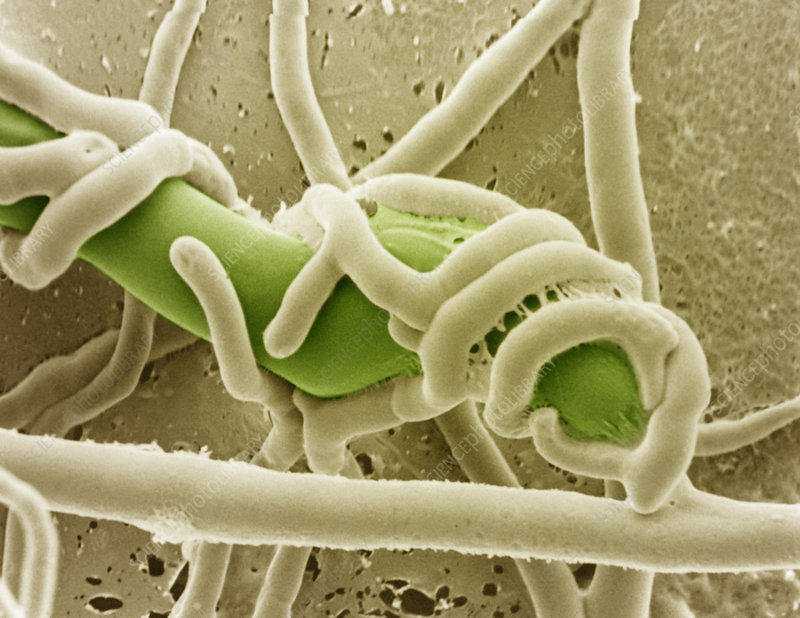The environmental and residual profiles of crops have in fact become increasingly important in the definition of defense programs and any tool that can improve them should therefore be viewed favorably .
In this sense, "Biologicals" are proposed, agrochemicals based on natural agents capable of controlling plant adversities without adding chemical substances. Vine, fruit and horticultural crops are obviously the most interested in this sense, given the high number of annual applications required, but even so-called low-lying crops are opening up to these new technical solutions, such as cereals for example.
 The 30 Largest U.S. Hydropower Plants
The 30 Largest U.S. Hydropower Plants
New horizons for biocontrol: a product also admitted by organic regulations
With an extensive catalog in terms of biocontrol, Gowan has invested in expanding the range of possible uses of “Remedier”, one of its flagship products . Also admitted by the biological defense regulations, "Remedier" has a strong antagonistic action against various parasitic fungi that attack both the root system and the collar of horticultural crops, being able to also control more characteristic pathogens of vines, fruit crops and cereals. . This is thanks to the two different strains of Trichoderma, asperellum and gamsii, ascomycetous fungi capable of taking away space and nutritional elements from pathogens, while at the same time attacking their cell walls enzymatically.

“Remedier” initially established itself for the control of vine Esca disease, a disease caused by a complex of microorganisms that proliferate in plants through wounds and pruning cuts. Over time it has then expanded its uses to other crops and pathogens. Applied to the soil, for example, its active agents counteract the proliferation of Armillaria rot and, specifically on pear trees, also of Stemphylium vesicarum, the cause of brown spot. Against this pathogen, “Remedier” should be distributed on the turf in the pre-infectious phase, minimizing its infectious potential. However, the benefits of biocontrol can also be drawn on stone fruit by spraying the aerial parts in order to combat Cytospora, the agent of copper cankers. On horticultural, floricultural and ornamental crops, it contrasts the most common soil pathogens , such as Rhizoctonia, Pythium and Sclerotinia. Following the continuous process of expanding its label, “Remedie r” has progressively found new uses, such as kiwi botrytis, for which it has obtained the definitive label extension.
In 2023 authorizations for phytosanitary emergencies

Furthermore, in 2023 it obtained exceptional authorizations for phytosanitary emergency , and is awaiting a definitive extension of the label, also against Fusariosis of Wheat, Gleosporiosis and Gray Necrosis of Hazelnut, as well as against botrytis and acid rot of the vine. The inclusion of "Remedier" in defense programs, whether integrated or biological, finally allows us to improve their environmental and residual profile , while at the same time contributing to the most modern strategies against the resistances that are afflicting multiple chemical families of fungicides.















